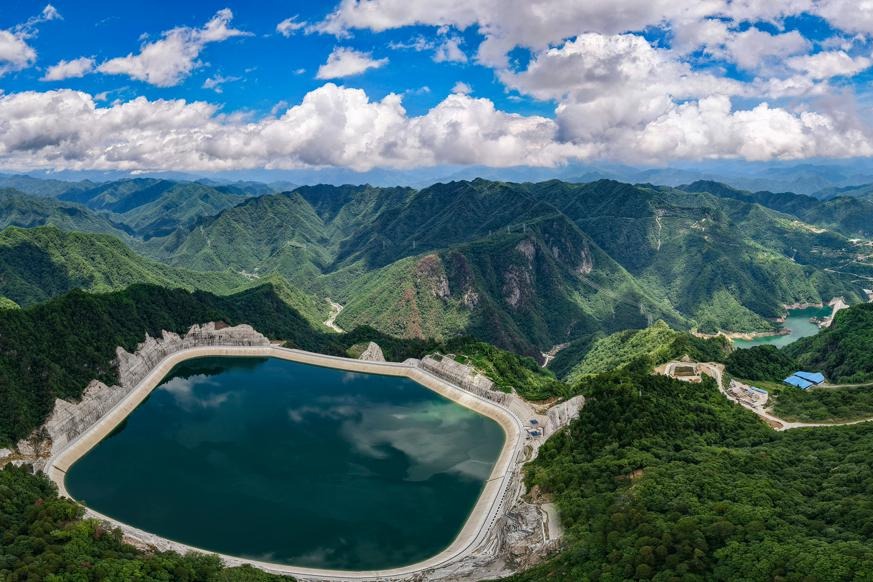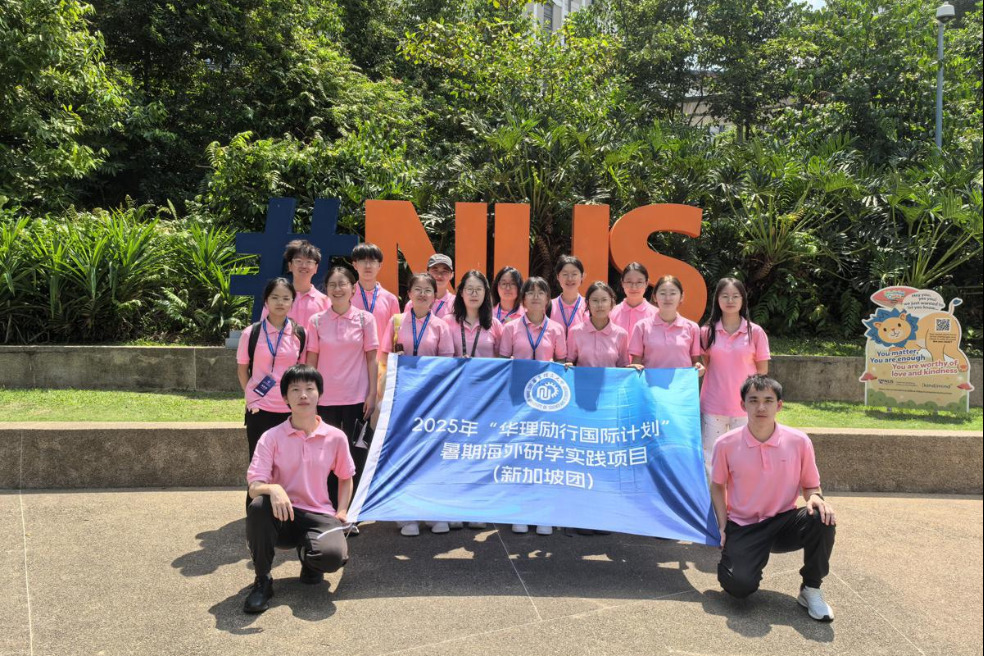Carbon neutrality to cost 100 trillion yuan


China needs to invest more than 100 trillion yuan ($15.56 trillion)-almost the country's entire GDP last year-to remove carbon from its energy supply in the coming three decades as it strives to reduce emissions, a senior expert said.
To fulfill the goal of carbon neutrality, from 2020 to 2050, new investment of 100 trillion to 138 trillion yuan-or 2 to 2.5 percent of annual GDP every year over the period-will be required, said He Jiankun, vice-chairman of the National Committee of Experts on Climate Change.
He made the remark after the annual Central Economic Work Conference in December released a statement vowing to ramp up efforts to enhance new energy development. China will also accelerate the optimization of the country's industrial structure and energy mix and promote a peak in coal consumption as soon as possible.
The country is also aiming to improve the system that caps both national carbon intensity-carbon dioxide emissions per unit of GDP-and energy consumption, as it strives to reach a peak in carbon dioxide emissions before 2030 and achieve carbon neutrality before 2060.
The targets were announced by President Xi Jinping while addressing the general debate of the 75th session of the United Nations General Assembly via video link in September.
Tackling climate change has been a key concern of China. At several recent international events, the nation has repeated its resolve to follow low-carbon development.
"Meeting these targets will require tremendously hard work from China," Xi said via video link at the World Economic Forum Virtual Event of the Davos Agenda last Monday.
"Yet we believe that when the interests of the entirety of humanity are at stake, China must step forward, take action, and get the job done."
He, who is also chairman of the academic committee of the Institute of Climate Change and Sustainable Development at Tsinghua University, said the key to realizing the targets is decarbonizing the nation's energy supplies, which will also provide impetus for economic development.
The country's annual greenhouse gas emissions are equivalent to 14 billion metric tons of carbon dioxide. Of them, energy-related carbon dioxide emissions constitute about 73 percent, He said.
The Central Economic Work Conference also pledged to roll out a large-scale afforestation program to increase the country's carbon-sink capacity, which helps the ecosystem absorb carbon dioxide from the atmosphere.
He said the country envisions increasing the carbon-sink by 800 million tons to 1 billion tons a year. That capacity, however, will decline as the potential for further expanding forests diminishes due to dwindling land supplies.
"By the middle of the century, it will be hard to maintain the capacity increase above the current level," He said. "So, the country needs to mainly depend on emissions reduction to realize its long-term goal of carbon neutrality, especially the net-zero carbon dioxide emissions in its energy system."
He said the transition to low carbon will create job opportunities. For every unit of production capacity, renewable energy can create one and a half to three jobs for every job that would be created by the traditional energy industry.
"Despite a rise in the preliminary stage, the general cost of the energy supply is expected to show a downward trend in the long term with the development of a low-carbon energy system," he said.
The ratio of total energy supply cost in China's GDP will steadily go down over the long run, especially after 2035, when the country's economic growth no longer is expected to have a direct correlation with the growth of its energy consumption. "The efficiency and economic effectiveness of energy consumption will keep going up," He said.
However, despite the benefits, China needs to make greater efforts than developed countries to realize carbon neutrality, he said.
Most countries in the European Union saw their carbon emissions peak around 1980. For the United States and Japan, the peak occurred around 2005. With targets set to realize carbon neutrality by 2050, these nations have had 45 to 70 years to realize an unhurried transition to low carbon. However, China has to rush to achieve the goal in just 30 years, he said.
He said China will be in the middle and later periods of its industrialization and urbanization process when its carbon emissions peak. In developed nations, the peaks all happened at a time when they had already completed industrialization. China is in a development stage that makes it more challenging for it to hit an emissions peak.
Many of the coal-fired power plants in the US, which have been in operation for more than 40 years, are near the end of their service lives.
On average, however, many of China's large coal-burning plants have only been in operation for about 10 years. This means that many of the plants in China will have to be phased out early.
He said China's carbon neutrality target shows the country is acting responsibly at a time when its national strength is on the rise. "While making efforts to realize rejuvenation, China is contributing to the safety of the planet's ecosystem and the common endeavor of mankind," He said. "It's forging ahead with building a beautiful China and a beautiful Earth in a coordinated manner."




































